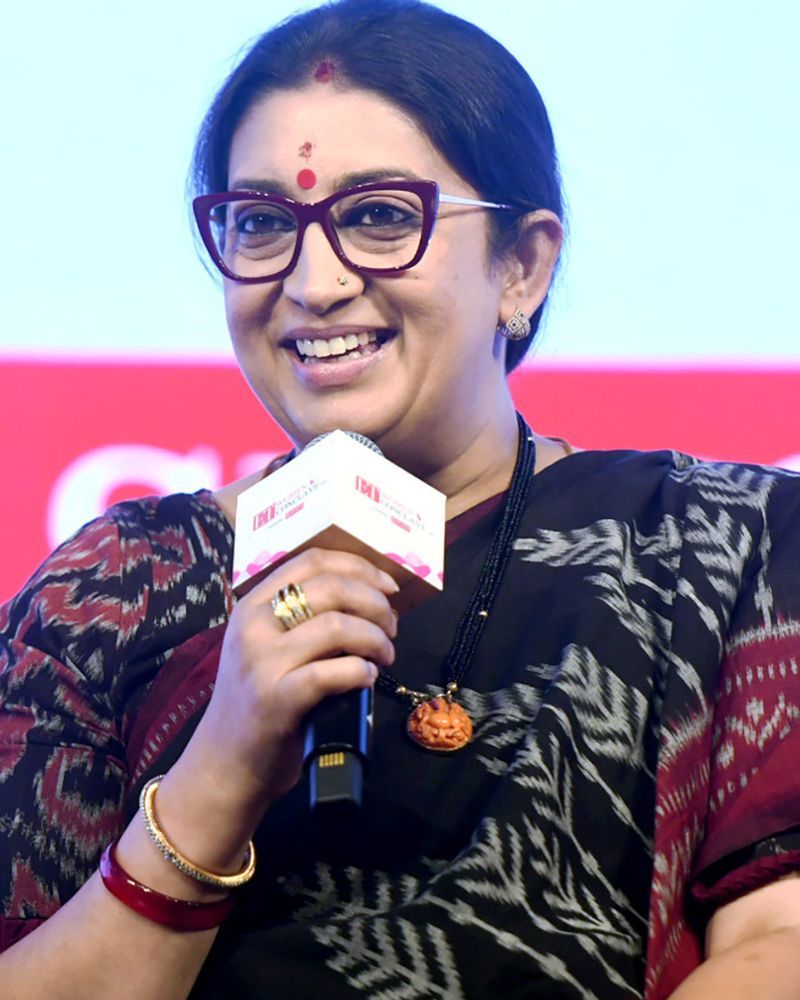Smriti Irani: The Dynamic Leader Who Redefined Indian Politics

Smriti Irani is one of India’s most prominent female politicians, known for her sharp political acumen, resilience, and ability to connect with the masses. From being a popular television actress to becoming a Union Minister and a key leader in the Bharatiya Janata Party (BJP), her journey is one of determination and transformation.
Early Life & Career in Entertainment
Born on March 23, 1976, in Delhi, Smriti Irani came from a middle-class family with no political background. She started her career in modeling and later became a household name with her role as Tulsi Virani in the hit television serial Kyunki Saas Bhi Kabhi Bahu Thi. Her success in the entertainment industry made her a recognizable face across India.
However, her ambitions extended beyond acting. She had a deep interest in politics and joined the BJP in the early 2000s, marking the beginning of a new phase in her career.
Entry into Politics & Challenges Faced
Smriti Irani joined the BJP in 2003 and quickly rose through the ranks. She became the National President of the BJP Mahila Morcha, showcasing her leadership skills. However, her transition from entertainment to politics was not easy.
- Facing Political Skepticism: Many questioned her political capabilities due to her background in television.
- Tough Election Battles: Her biggest challenge came in 2014 when she contested against Rahul Gandhi in Amethi, a Congress stronghold. Though she lost, her strong campaign made her a rising star in the BJP.
- Proving Leadership Skills: She had to continuously prove her efficiency, especially after being given key ministerial roles.
Her determination paid off, and she established herself as a serious politician
Becoming a Union Minister
In 2014, Smriti Irani was appointed as the Union Minister for Human Resource Development (HRD), making her one of the youngest ministers in the Narendra Modi government. Later, she held portfolios like Textiles and Women & Child Development.
Key Policies & Achievements
- Education Reforms (HRD Ministry): Introduced key reforms in school and higher education, including new policies in the IITs and IIMs.
- Beti Bachao Beti Padhao: Played a crucial role in promoting this initiative aimed at improving the education and welfare of the girl child.
- Revival of the Textile Industry: As Textile Minister, she focused on increasing employment in the sector and promoting India’s traditional handloom industry.
- Historic Victory in Amethi (2019): In the 2019 general elections, she defeated Rahul Gandhi in Amethi, breaking the Congress’s decades-long hold on the constituency.
- Women’s Safety & Welfare: Launched several programs to improve the safety and empowerment of women in India.
Challenges & Criticism
Despite her achievements, Smriti Irani has faced criticism, including controversies over her educational qualifications and her handling of student protests during her tenure as HRD Minister. However, she has always remained a fierce and vocal leader, standing her ground in political debates.
Legacy & Impact
Smriti Irani’s journey from television to politics is an inspiring story of resilience, adaptability, and leadership. She has redefined what it means to be a woman in Indian politics, proving that determination and hard work can break any barrier. Her influence continues to grow, making her one of the most dynamic leaders in India today.